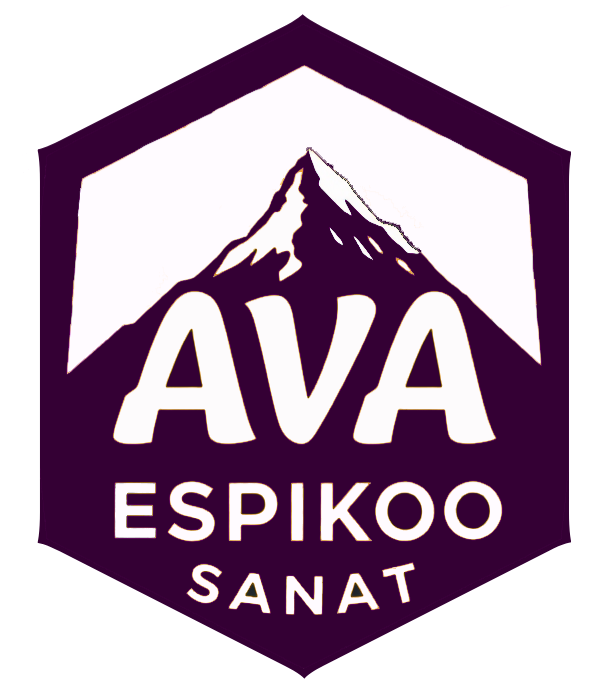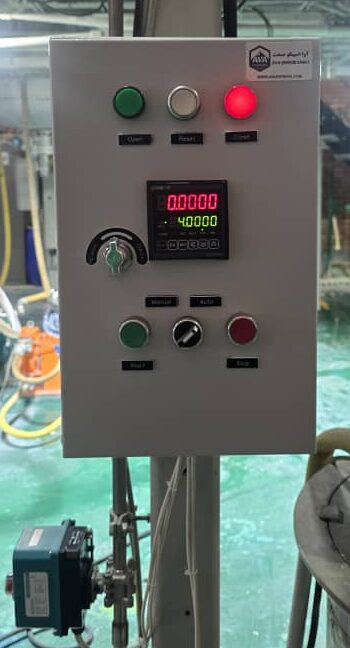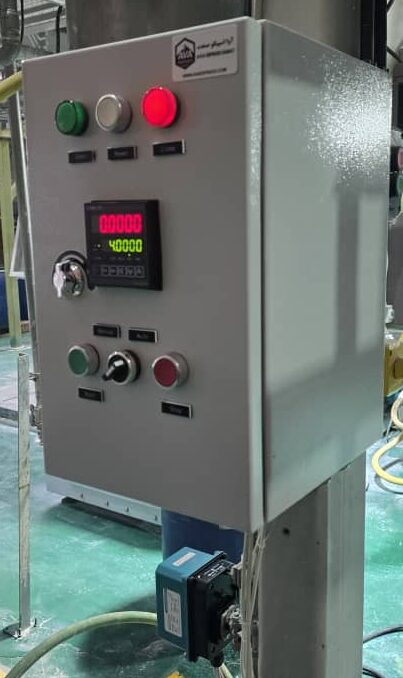Welcome to the official website of Ava Espikoo Sanat
2 November ,2025 03:21
Ava Espikoo, a pioneer in the field of industrial equipment and chemicals
November 2, 2025
03:21
- Home
- Engineering
- Commerce
- Projects
- Productions
- Education
- Recruitment and cooperation
- Contact Us
- About us
English




